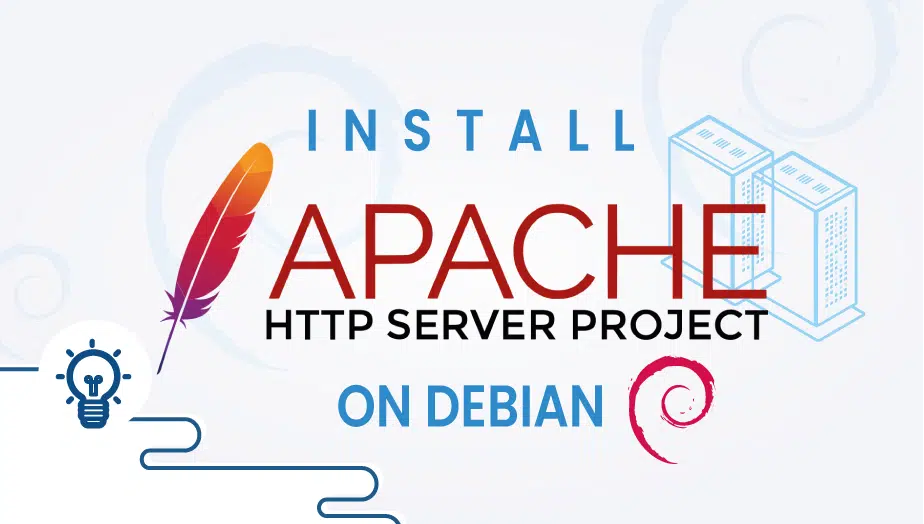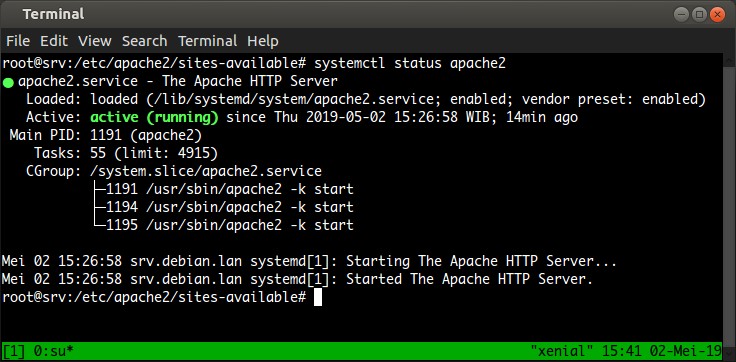


Use the Rubygems package manager to install Rails: gem install rails -version=5.1.4 If you do not already have one installed, use Node.js: sudo curl -sL | sudo -E bash. Rails requires a working JavaScript runtime on your system in order to run.

Install Passenger and other required packages: sudo apt-get install build-essential libapache2-mod-passenger ruby ruby-dev libruby zlib1g-dev libsqlite3-dev If your project requires a different version of ruby, install that version explicitly: rvm install ruby-2.5.0 Install a version of Ruby and set it as the default version for your system: rvm install ruby The installation process will output a command that must be run before RVM can be used: source /home/username/.rvm/scripts/rvmĬheck the requirements for rvm: rvm requirements Run the official RVM installation script: curl -sSL | bash -s stable -ruby Install it to correct the error: sudo apt install dirmngr If this does not work, your system may not have dirmngr installed by default. Ruby will be installed with the Ruby Version Manager (RVM), which makes it easy to install and manage different versions of Ruby on the same system. Install Apache and its dependencies: sudo apt-get install apache2 apache2-doc apache2-utilsĬopy the default site configuration file: sudo cp /etc/apache2/sites-available/nf /etc/apache2/sites-available/ĭisable the default site: sudo a2dissite nf Update your system: sudo apt-get update & sudo apt-get upgrade Complete the sections of our Securing Your Server to create a standard user account, harden SSH access and remove unnecessary network services. This guide will use sudo wherever possible.

Before You Beginįamiliarize yourself with our Getting Started guide and complete the steps for setting your Linode’s hostname and timezone. Passenger allows you to embed Rails apps directly in Apache applications without needing to worry about FastCGI or complex web server proxies. This guide will show you how to deploy Rails applications on your Linode using Phusion Passenger. It maintains a curated set of components and a “convention over configuration” philosophy that makes it possible to develop applications quickly and without large amounts of boilerplate. Ruby on Rails is a server-side web application framework.


 0 kommentar(er)
0 kommentar(er)
